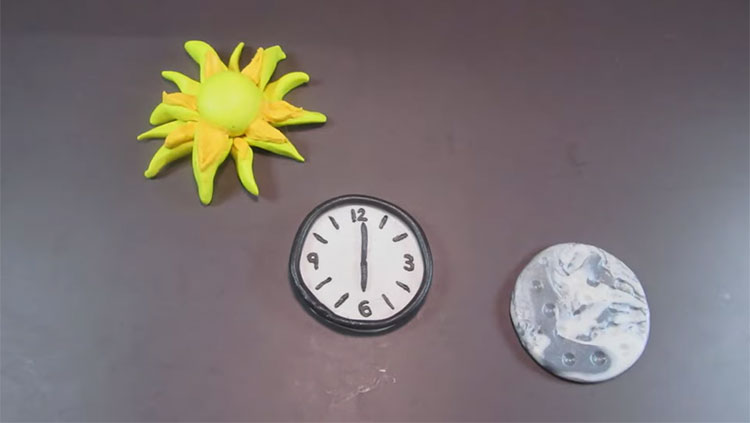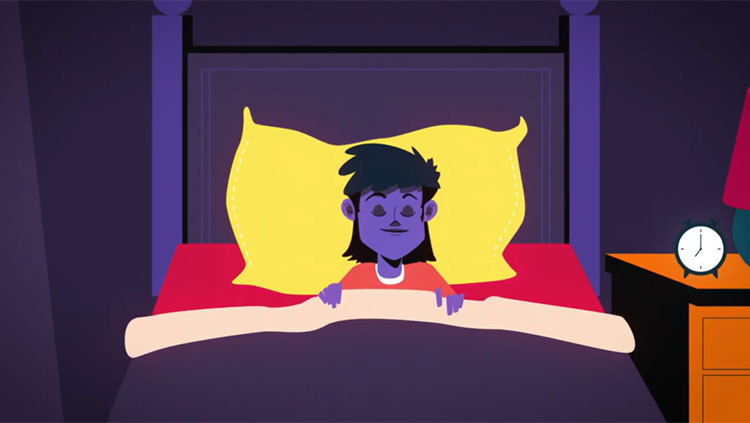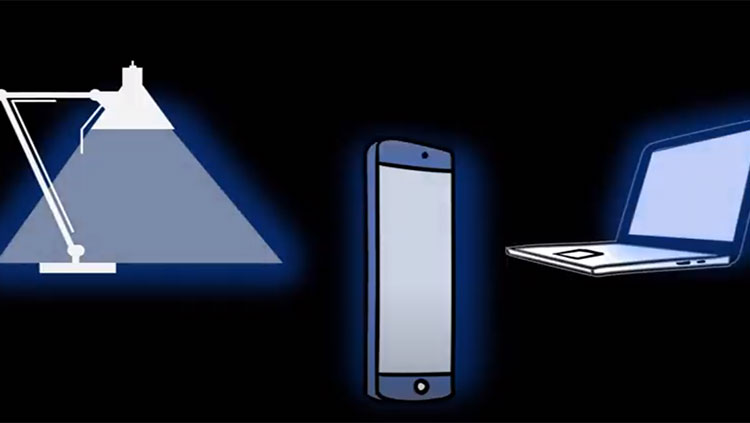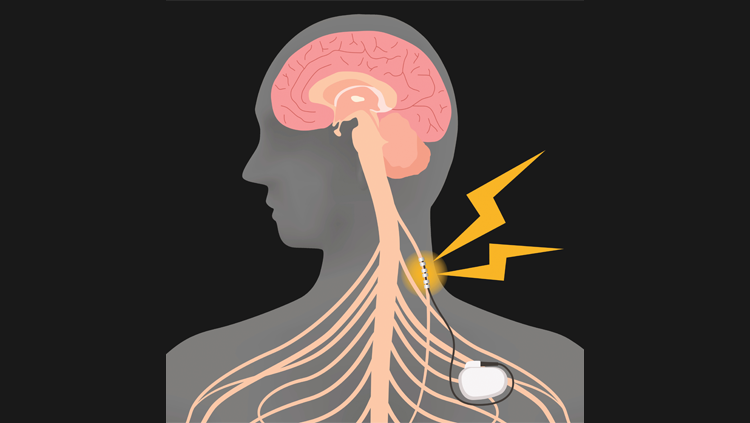In The Interest of Time: Circadian Rhythms and the Brain
- Published4 Nov 2024
- Source BrainFacts/SfN
Our bodies sync our most basic functions with the external environment’s timescale via circadian rhythms. Those rhythms are why many people cycle through a routine of core tasks like waking up, eating meals, and, finally, heading to bed around the same time each day. Circadian rhythms are informed by light — mostly sunlight, though artificial light, too, can influence them.
Specialized cells in our eyes’ retinas transmit information about light to superchiasmatic nuclei, or SCN, in the hypothalamus. From there, the SCN sends timing cues to various systems in the body. Circadian dysrhythmia, or jetlag, can occur when light input doesn’t match Earth’s 24-hour solar cycle, and it causes a range of consequences for people’s moods and cognition.
This is a video from the 2024 Brain Awareness Video Contest.
Created by Tammy Strickland.
CONTENT PROVIDED BY
BrainFacts/SfN
Transcript
Well, the answer in many ways depends on where you are geographically; however, the way we humans, and in fact many other forms of life on Earth, tell time is through an evolutionary conserved rhythmic distribution of our most basic functioning over 24 hours.
Of course, I’m referring to circadian rhythms, which are our bodies way of adapting to the environment in which we find ourselves — so the Earth’s surface, and the solar day and night.
Let’s take a moment to consider you for example.
You might be a night owl or morning lark, but either way, there is a pattern to when you and your body engage in certain activities.
You might, after a period of restful sleep, wake up at the same time every day, brush your teeth, feed your cat, and feed yourself! If you’re not quite a morning person, you might have a much-needed cup of coffee.
You might head to work or school and think about and do all kinds of things in the process.
You might type away at your computer, read books, drink MORE coffee, listen to music, and low and behold, eat your next meal (be it dinner or lunch) before another period of rest and digest.
The point is, our bodies are not built to work at a constant rate. We do different tasks – like sleeping, waking and metabolizing, at different times of the day in response to cues in our environment.
Now you might ask: Aren’t circadian rhythms a brain thing? Well yes, in many ways, they are.
Though every cell in the human body has its own molecular clock, the mastermind of the circadian operation sits in the hypothalamus, a small but essential control center that consists of several distinct groups of cells or ‘nuclei’.
A bilateral group of nuclei at the anterior part of the hypothalamus are known as the suprachiasmatic nuclei or SCN. These nuclei are essential for internal timekeeping as they generate rhythmic gene and protein expressions and rhythmic electrical activity which sets the tone for the rest of the brain and indeed the rest of the body.
But how does the SCN know what time it is?
The SCN clocks evolved to adapt to the Earth’s axial rotations. In response to solar (or otherwise artificial) light entering the eyes, ganglion cells in the retina, transmit light information to the SCN via the retino-hypothalamic tract. These inputs then inform the SCN that it is likely to be, for example, morning time. So the SCN must start its rhythmic electrochemical protocol and direct the rest of the bodies peripheral clocks to start their daily programs, too.
But what if there was no light? In the 1960s, a group of German scientists sought to understand whether circadian rhythms persisted in the absence of cues from the Earth’s environment, So they sent a group of research volunteers into a bunker and examined how the lack of light-dark information affected their perceptions of time and their physiologies. Interestingly, even in the absence of the external world cues, the SCN and indeed the rest of the human physiology still outputted rhythmic, 24-hour activities.
What happens if external light doesn’t match the internal time of day?
If you’ve ever journeyed across multiple time zones, pulled an all-nighter, or had a shift-work job, you might have noticed some confusing side effects in relation to your sleep-wake cycling. You might have difficulty initiating or maintaining sleep and struggle with your mood or in making decisions. What you’ve experienced is called ‘circadian dysrhythmia’ — more commonly known as ‘jetlag’. This disorder occurs when the body’s SCN, is out of sync with the external environment. The speed at which the body adjusts to a new rhythm depends on the individual as well as on the direction of travel, with east-bound travel exerting the most severe jetlag effects.
What happens if we’re no longer on Earth? Consider the International Space Station where human astronauts quite literally are cutting themselves off from the time-giving cues that they evolved to survive in. Light is a particularly important cue to control for while in the ISS, as instead of experiencing a single sunset and sunrise, ISS astronauts experience 16 per day and spend most of their time in low light. How confusing! Light experienced in this way can disrupt human sleep – which has huge impacts on mood and decision-making while in orbit.
Whether you’re a pilot, aircraft steward, astronaut or even a terrestrial being here on Earth’s surface, it’s important to take care of your circadian rhythms by maintaining a healthy sleep-wake cycle and where possible, keeping in touch with your environmental roots.
















